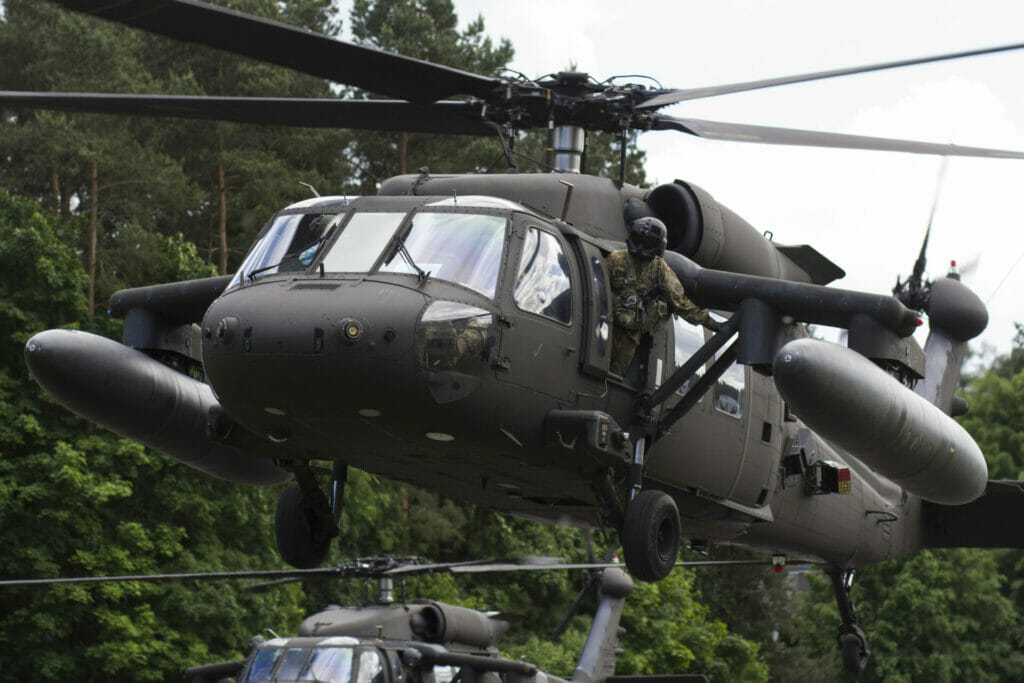What is Military Specification DOD-L-85645?
What is Military Specification
DOD-L-85645
What is Military Specification DOD-L-85645
The DOD-L-85645 specification was approved for use by all departments and agencies of the Department of Defense regarding the use of tungsten disulfide as a dry thin film lubricant.
It established the requirements for two types of WS2 dry thin film lubricants; Dicronite® DL-5® fell under DoD-L-85645 type 1.
How does AMS2530 compare to DOD-L-85645?
SAE Aerospace Materials Specification (AMS) 2530, the current specification for Tungsten Disulfide (WS2) coatings, is similar to DOD-L-85645?
- It is specific to binder less lubricants (Type 1 under the DOD specification);
- It indicates application by impingement following surface cleaning and honing;
- It updates quality assurance provisions, including the definition of periods for adhesion and thickness testing
- It does not specify a requirement for coefficient of friction testing;
- It provides an option for the end customer to require friction and/or wear testing;
- It adds an optional requirement for outgassing testing (a measure of stability in vacuum environments);
Dicronite® Coating
What do I do if I have a drawing that requires DOD-L-85645?
Customers have two options:
- Do nothing different. You can still use drawings that require DoD-L-85645 type 1. Your parts will be coated in the same way, with the same trusted Dicronite® DL-5® material you have received in the past. Dicronite®’s certification documentation will read “Dicronite® per AMS2530 which supersedes DoD-L-85645 type1”.
- Revise your drawings to read “apply Dicronite® dry lubrication DL-5 per AMS2530″. In order to guarantee the exact same material and same quality service you have received in the past, it is important to callout Dicronite® DL-5®.
The Story of Military Specification DOD-L-85645 and Dicronite®
In 1965, Dicronite® DL-5® patented the original tungsten disulfide coating. It was developed for NASA and soon marketed for industry use.
In 1985, Military Specification DOD-L-85645, Lubricant, Dry Thin Film, Molecular Bonded was published, allowing the military access to Dicronite®.
Revision A [1] was issued in 1988. By 1999, a few of the requirements and references were outdated and the military specification was made “inactive for new design” (Notice 1). Despite notice 1, users of binderless, thin-film tungsten disulfide coatings continued to use this inactive military specification.
In 2020, after 1 ½ years of collaboration with the makers of Dicronite®, SAE Aerospace Materials Specification (AMS) 2530, Tungsten Disulfide Coating, Thin Lubricating Film, Binder-Less, Impingement Applied was published.
It is similar to the inactive DoD specification but with the five exceptions listed above. The requirements and quality assurance provisions inherent with this current specification align with industry best practice.
In June 2019, Lubrication Sciences International, Inc. (LSI), the manufacturer and licensor of Dicronite® DL-5®, began an exhaustive petition to the DoD, presenting evidence that industry was still using the inactive specification.
In June 2020, LSI followed best practice standards and announced their discontinued use of the inclined plane testing method as a measure of coefficient of friction (DOD-L-85645A, 4.5.5).
It was further announced that adhesion, thickness, thermal stability, and corrosion resistance testing would remain a part of regular Dicronite® testing.
While no changes were made to the modification of WS2 and production of Dicronite® DL-5®, future material would be certified to SAE AMS2530 only.
In November 2020, DOD-L-85645 was canceled and superseded by SAE AMS2530.

